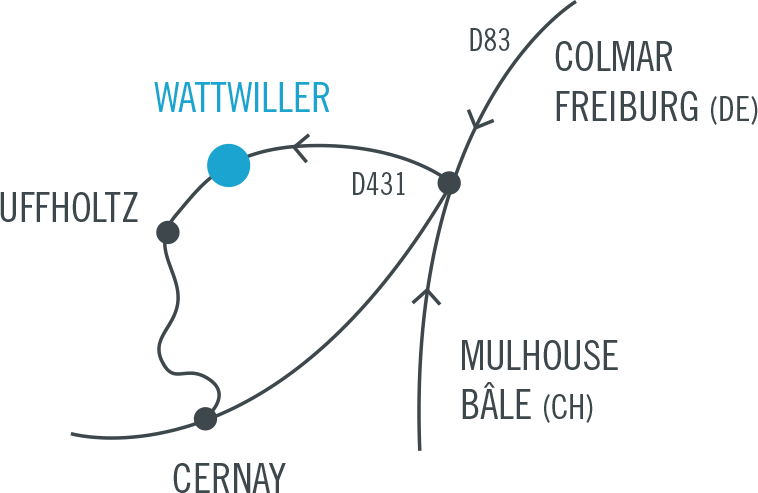Tiny silvery sculptures are levitating on stems, like protective talismans, amulets or strange little beasts. Chutes Libres (Free falls) is a set created by Benoît Pype, answering an elementary question: why water has no form? An elusive object, it is indeed difficult for the artist-sculptor, who graduated in 2011 from the École Nationale Supérieure des Arts Décoratifs in Paris, to grasp it and give it an outline.
It is by releasing a small quantity of molten pewter into water at a controlled distance that these shapes are born, as well as a protocol for making them. This collaboration with water continues the reflection begun by the artist on the random, the fragile, the infinitely small and the imperceptible. From the top of their 2 cm, these small objects can be held in the hand, contemplated, slowly discovered.
In a society of hyper acceleration where the senses and thought are over-stressed, the almost imperceptible invites us to regain awareness of our perceptions, to reintroduce a new rhythm, a suspended moment, close to meditation.
This study on temporality, as well as the anodyne, which can be found, for example, in the series of pocket-bottom sculptures (2011) or transitory geography (2011-2018), is accompanied by a reflection on the history of art, since Benoît Pype wishes to abolish the hierarchy between the scholar and the neophyte, on references to visible forms. Even though he has selected them, sometimes thinking of sculptures from different civilizations, these small statues are open to free interpretation. Everyone can project their own story into them.
Speaking of history, chance or coincidence, the artist discovers a posteriori, that what he has developed is a divinatory practice, that of “molybdomancy”. This divination, found in many cultures, from Egypt to Switzerland, consisted in drawing omens from drawings formed by molten lead. A custom that has survived, particularly in Germanic cultures, on New Year’s Eve, when everyone can predict the coming year.
The transient, the microphone, the omens, are thus the different echoes that emanate from these tiny but powerful falls.
